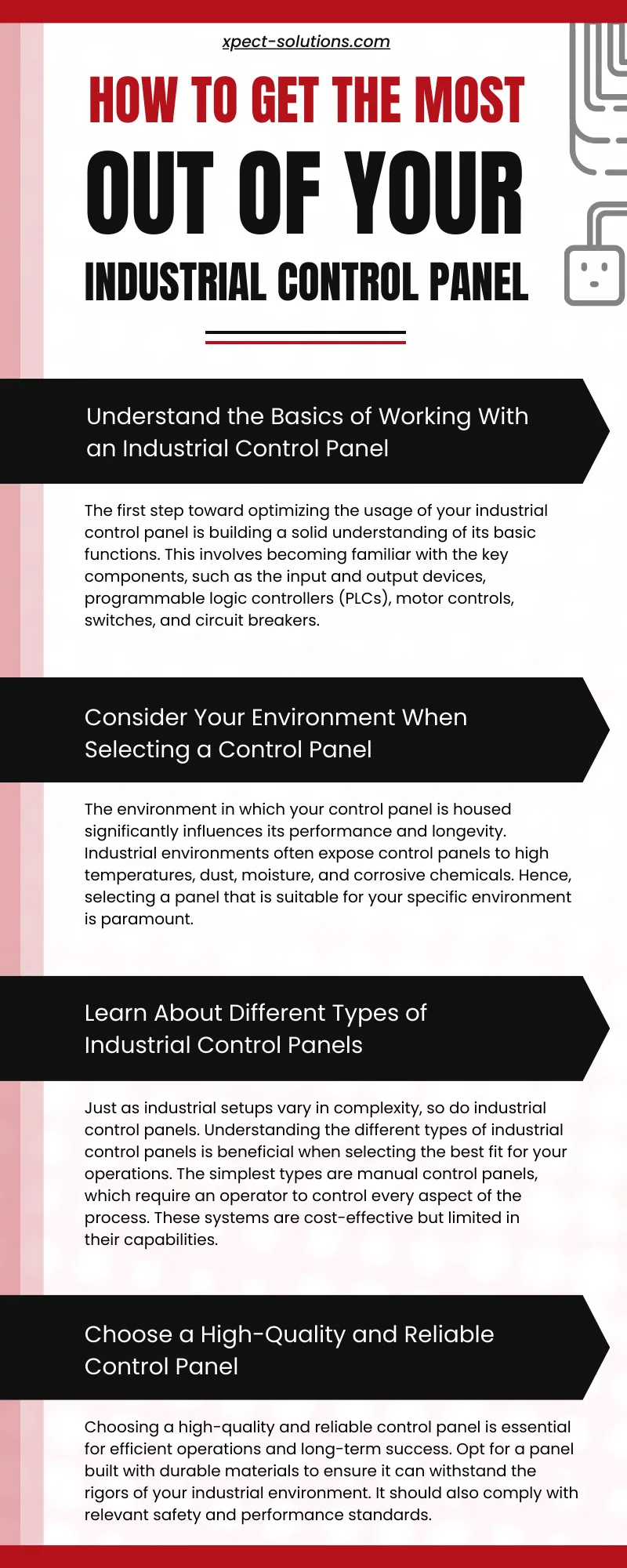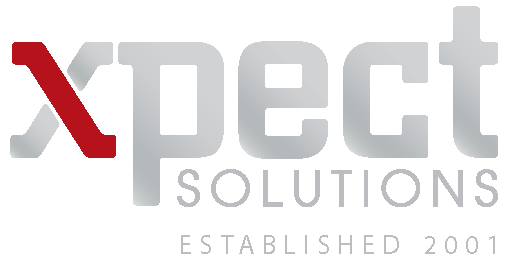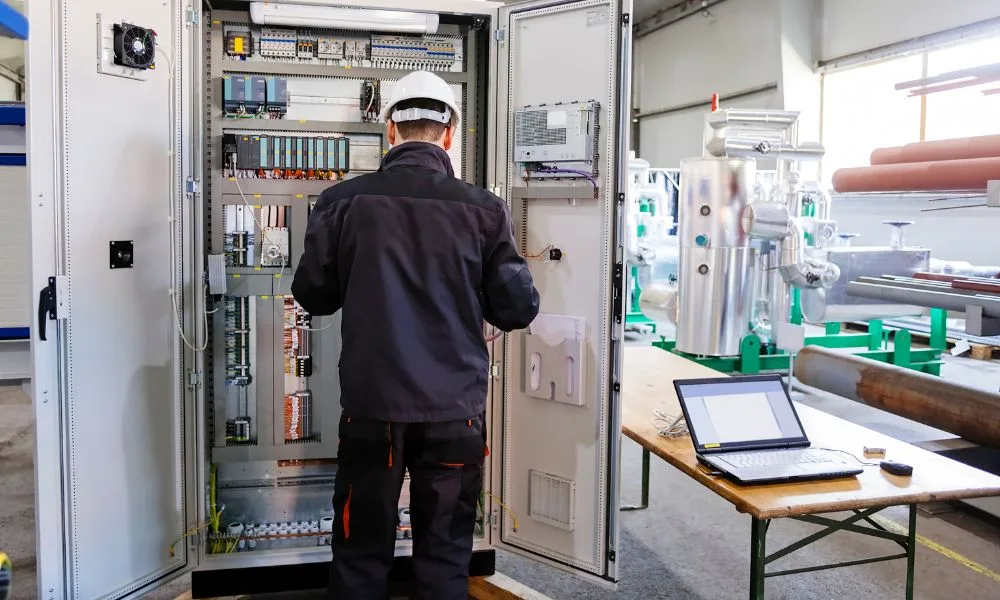In the fast-paced world of industrial manufacturing, efficiency and reliability are critical. Your industrial control panel plays a pivotal role in ensuring smooth operations. It serves as the central nervous system of your industrial setup, helping you monitor processes, maintain control, and make necessary adjustments.
Learning how to get the most out of your industrial control panel can give you a competitive advantage in the market and help you achieve your production goals. Take a look at some tips and strategies that will help you maximize the potential of your control panel.
Understand the Basics of Working With an Industrial Control Panel
The first step toward optimizing the usage of your industrial control panel is building a solid understanding of its basic functions. This involves becoming familiar with the key components, such as the input and output devices, programmable logic controllers (PLCs), motor controls, switches, and circuit breakers.
Another crucial aspect is understanding the software that runs the system. This includes knowing how to read and interpret data, input commands, and troubleshoot common problems. Remember, a control panel is only as good as the person operating it. Therefore, investing adequate time into learning the basics allows for efficient operation and the ability to pinpoint potential issues before they escalate into major problems.
Consider Your Environment When Selecting a Control Panel
The environment in which your control panel is housed significantly influences its performance and longevity. Industrial environments often expose control panels to high temperatures, dust, moisture, and corrosive chemicals. Hence, selecting a panel that is suitable for your specific environment is paramount. Consider control panels with thermal management features such as cooling fans or heat sinks for high-temperature environments.
If your control panel is to be placed in a dusty or corrosive environment, opt for a system with an ingress protection (IP) rating suitable for your specific needs. Furthermore, consider the physical space available and choose a panel size that fits in that area comfortably. Ensuring the control panel suits your environmental needs will optimize its performance, enhance its durability, and reduce maintenance costs.
Learn About Different Types of Industrial Control Panels
Just as industrial setups vary in complexity, so do industrial control panels. Understanding the different types of industrial control panels is beneficial when selecting the best fit for your operations. The simplest types are manual control panels, which require an operator to control every aspect of the process. These systems are cost-effective but limited in their capabilities.
Automated control panels, on the other hand, can control complex processes with minimal human intervention, improving operational efficiency and accuracy. There are also PLC-based panels designed for high-speed automation and intricate processes.
Another option is the supervisory control and data acquisition (SCADA) control panel, which offers advanced data acquisition and process control features. This type is ideally suited for large-scale industrial environments with geographically dispersed operations. Each panel type has its unique strengths and is designed to serve specific industrial needs. Therefore, understanding more about each type will empower you to make an informed decision to meet your operational requirements.
Choose a High-Quality and Reliable Control Panel
Choosing a high-quality and reliable control panel is essential for efficient operations and long-term success. Opt for a panel built with durable materials to ensure it can withstand the rigors of your industrial environment. It should also comply with relevant safety and performance standards. A well-designed control panel should have a user-friendly interface, making monitoring and controlling processes easy.
The control panel should also be flexible and adaptable, allowing you to customize and upgrade it as your needs evolve. And don’t forget to verify the after-sales service and technical support the manufacturer offers. After all, timely and effective support can save you from costly downtime in the event of an unexpected issue. Investing in a high-quality control panel is not an expense but rather a strategic decision that can lead to enhanced efficiency, reduced waste, and increased profitability.
Prep Your Workspace Before Installing the Panel
Before you begin the control panel installation process, it is critical to prepare your workspace properly. Cleanliness and organization are key to ensuring a safe and efficient installation. Start by clearing the area of any unnecessary items that may impede your work or pose safety hazards. Once the space is clean, lay out your necessary tools and hardware. This step saves time and reduces the chances of misplacing essential items. From there, you may begin the installation process.
Ensure Proper Maintenance To Keep Your Panel Working Efficiently
Proper maintenance is the cornerstone of preserving the efficiency of your industrial control panel and prolonging its lifespan. Regular cleaning, for instance, prevents dust accumulation, which could otherwise result in overheating and, ultimately, system failure. It’s also important to inspect your panel regularly for signs of wear and tear, such as frayed wires or damaged components, and replace them before they cause disruptions.
Moreover, routinely checking for software updates and upgrading when necessary keeps your system operating at its peak potential. Remember to maintain a log of maintenance activities for reference and monitor performance trends. With the right maintenance plan, you can ensure your panel stays in optimal working condition, reducing the likelihood of unexpected breakdowns and costly downtime. In essence, preventative maintenance is less costly and far more efficient than reactive troubleshooting once a problem arises.
Evaluate Your Options for Repair and Replacement When Necessary
Even the most reliable industrial control panels will require repair or replacement at some point. Understanding when and how to do this is crucial in order to avoid prolonged operation with a faulty panel, which could lead to inefficiencies or potential system failures. Regular inspections and performance monitoring can help identify issues early on, giving you ample time to plan repairs or source replacement parts.
Remember that only a qualified technician should handle any repairs to ensure safety and compliance with industry standards. These repairs can resolve recurring issues and provide an opportunity to benefit from the latest technologies and features. However, if the panel frequently requires repairs or replacement parts are hard to find, it might be more economical to consider upgrading to a new control panel. Ultimately, the decision to repair or replace should be made based on operational requirements and long-term economic viability.
Maximizing the potential of your industrial control panel goes beyond using it to monitor and control operational processes. It entails understanding the ins and outs of the panel, selecting the most appropriate type for your operations, ensuring it’s housed correctly, and maintaining it effectively. It also involves making timely decisions regarding repairs and replacements. Taking these strategic steps can significantly enhance your industrial operation efficiency, giving you a competitive edge in the market. Remember, a well-optimized control panel is key to achieving your production goals and driving overall business success.
If you’re looking for electrical control panel fabrication, Xpect Solutions can help. Our team of experts can assist you in selecting, designing, and fabricating a custom control panel that meets your unique business needs. Contact us today to learn more about how we can support your industrial operations.


